Originally published on https://www.cdc.gov
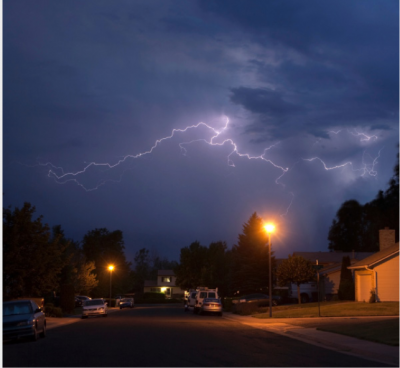 Learn how to protect you and your loved ones during a thunderstorm. Being outside when lightning is present is not something to take lightly—ever.
Learn how to protect you and your loved ones during a thunderstorm. Being outside when lightning is present is not something to take lightly—ever.
The weather forecast calls for a slight chance of thunderstorms, but you can only see a few fluffy white clouds overhead. So you and your tennis partner grab your racquets and balls and head for the tennis court. You spend a few minutes warming up and then—wait! Is that thunder you hear? Was that a lightning flash?
What do you do? Keep playing until the thunder and lightning get closer? Go sit on the metal bench under the trees to see what happens? Or get in your car and drive home?
Correct answer: If no substantial, non-concrete shelter is nearby, get in your car and wait out the storm.
Why? Because being outside when lightning is present is not something to take lightly—ever.
Risks of Lightning Strikes
Although the odds of being struck by lightning in a given year are only around 1 in 500,000, some factors can put you at greater risk. Lightning most often strikes people who work outside or engage in outdoor recreational activities. Regional and seasonal differences can also affect your risk of being injured by lightning.
In 2017, Florida, Alabama, Colorado, North Carolina, and Texas had the most lightning deaths. Florida is considered the “lightning capital” of the country, with more than 2,000 lightning injuries over the past 50 years.
The consequences of lightning strikes are serious. Lightning is one of the leading causes of weather-related fatalities. During 2004–2013, lightning caused an average of 33 deaths per year in the United States.
When you see lightning, take safety precautions.
Protect Yourself from Lightning Strikes
You can protect yourself from risk even if you are caught outdoors when lightning is close by.
Safety precautions outdoors
- If the weather forecast calls for thunderstorms, postpone your trip or activity.
- Remember: When thunder roars, go indoors. Find a safe, enclosed shelter.
- The main lightning safety guide is the 30-30 rule. After you see lightning, start counting to 30. If you hear thunder before you reach 30, go indoors. Suspend activities for at least 30 minutes after the last clap of thunder.
- If no shelter is available, crouch low, with as little of your body touching the ground as possible. Lightning causes electric currents along the top of the ground that can be deadly over 100 feet away.
- Stay away from concrete floors or walls. Lightning can travel through any metal wires or bars in concrete walls or flooring.
Although you should move into a non-concrete structure if possible, being indoors does not automatically protect you from lightning. In fact, about one-third of lightning-strike injuries occur indoors.
Safety precautions indoors
- Avoid water during a thunderstorm. Lightning can travel through plumbing.
- Avoid electronic equipment of all types. Lightning can travel through electrical systems and radio and television reception systems.
- Avoid corded phones. However, cordless or cellular phones are safe to use during a storm.
- Avoid concrete floors and walls.
Lightning strikes may be rare, but they still happen and the risk of serious injury or death is severe. So take thunderstorms seriously.
Learn and follow these safety rules to keep yourself safe from lightning.

 Learn how to protect you and your loved ones during a thunderstorm. Being outside when lightning is present is not something to take lightly—ever.
Learn how to protect you and your loved ones during a thunderstorm. Being outside when lightning is present is not something to take lightly—ever.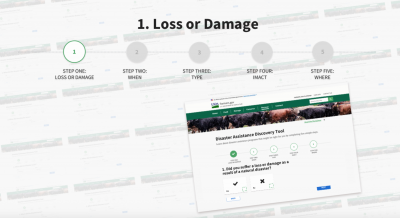
 <
<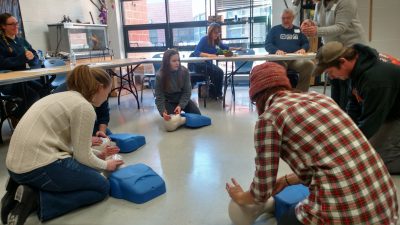
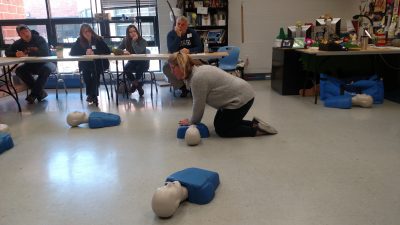
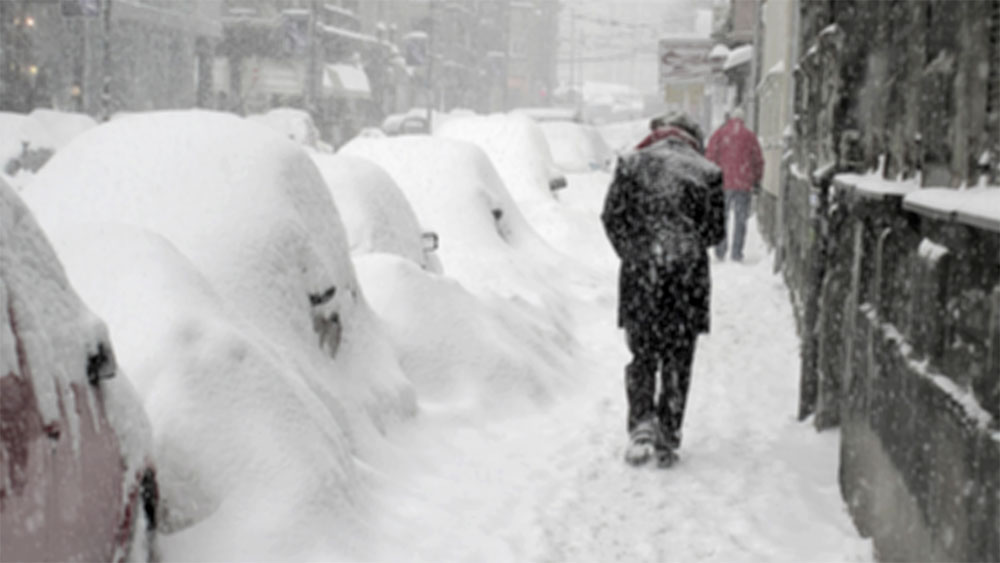
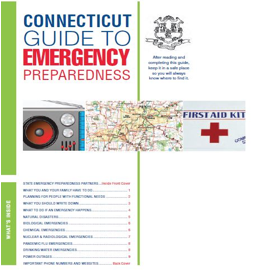 Did you know that September is National Preparedness Month? The State of Connecticut Department of Public Health has issued the Connecticut Guide to Emergency Preparedness, with tons of information so you can prepared during an emergency.
Did you know that September is National Preparedness Month? The State of Connecticut Department of Public Health has issued the Connecticut Guide to Emergency Preparedness, with tons of information so you can prepared during an emergency. September is recognized as National Preparedness Month (NPM) which serves as a reminder that we all must take action to prepare, now and throughout the year, for the types of emergencies that could affect us where we live, work, and also where we visit.
September is recognized as National Preparedness Month (NPM) which serves as a reminder that we all must take action to prepare, now and throughout the year, for the types of emergencies that could affect us where we live, work, and also where we visit.